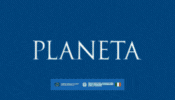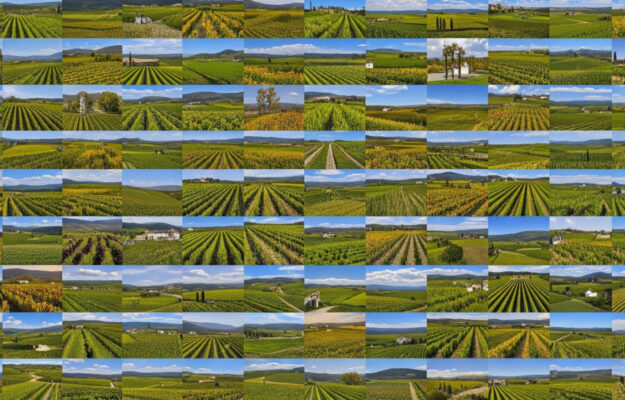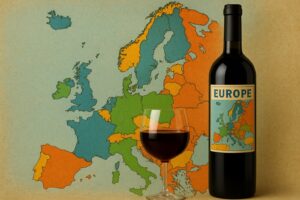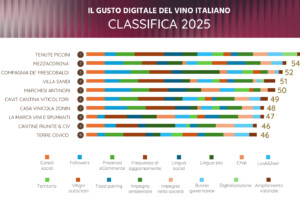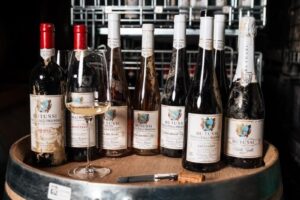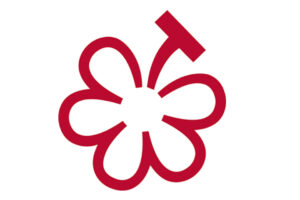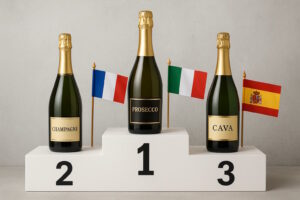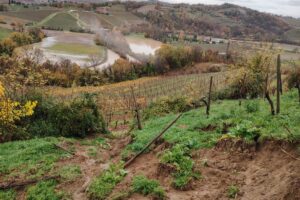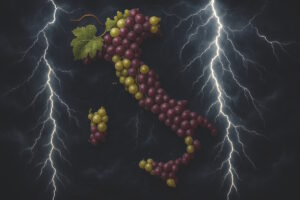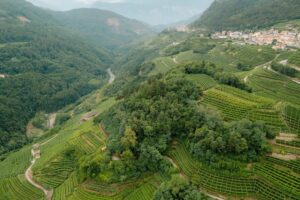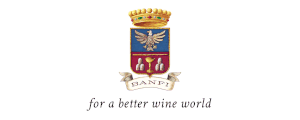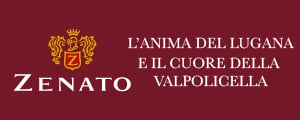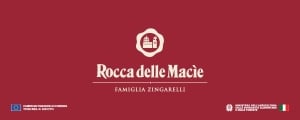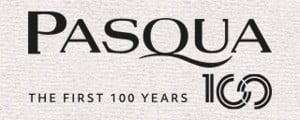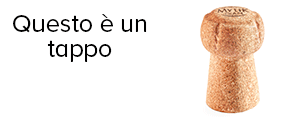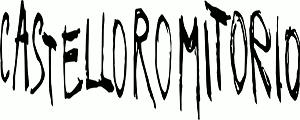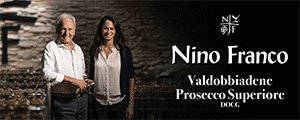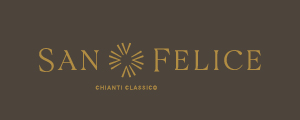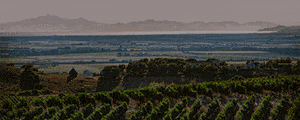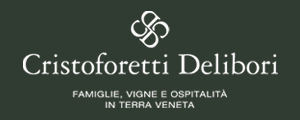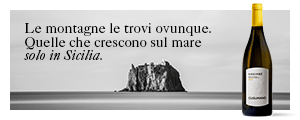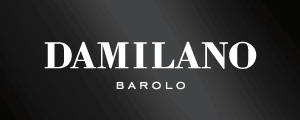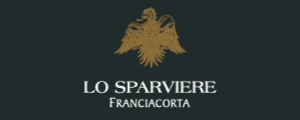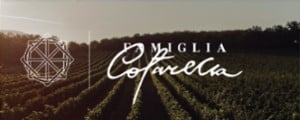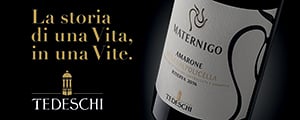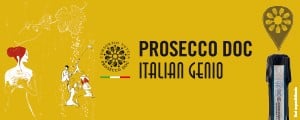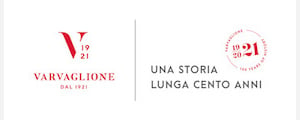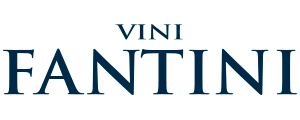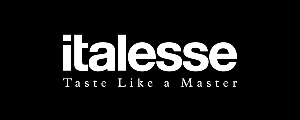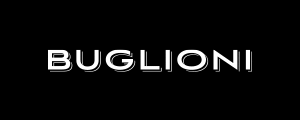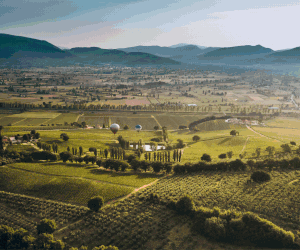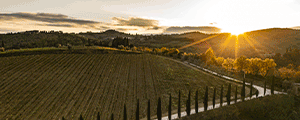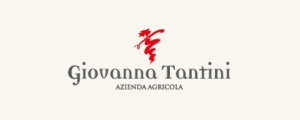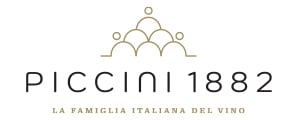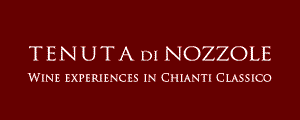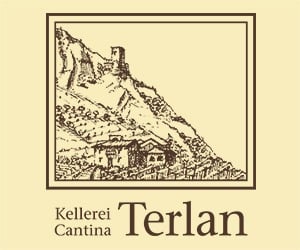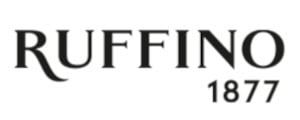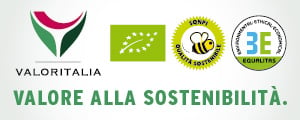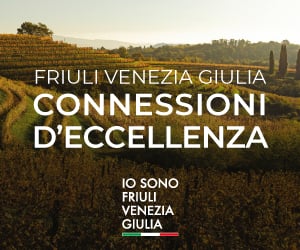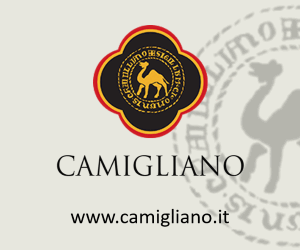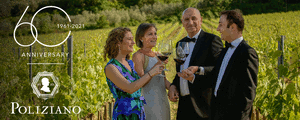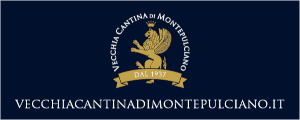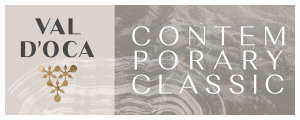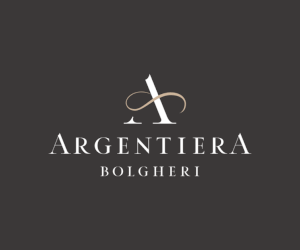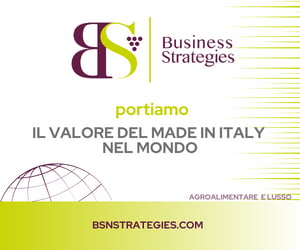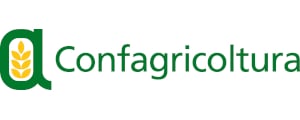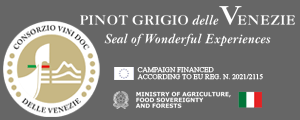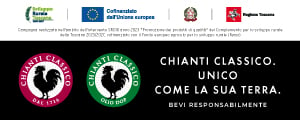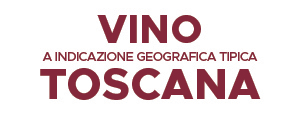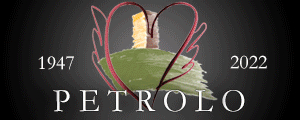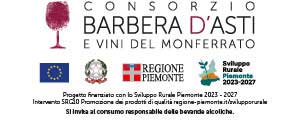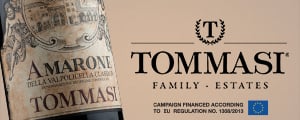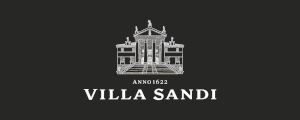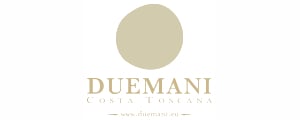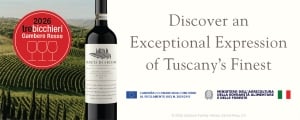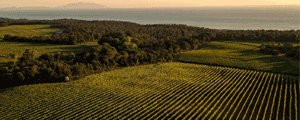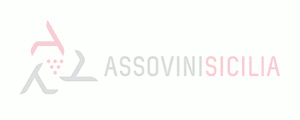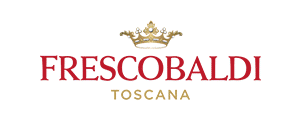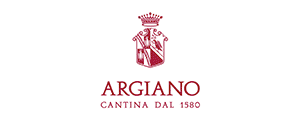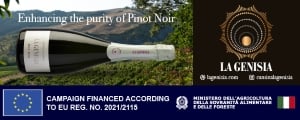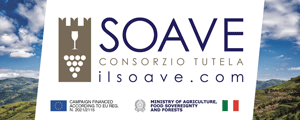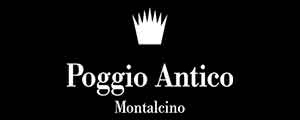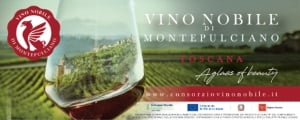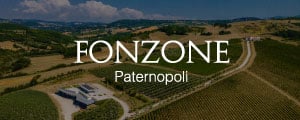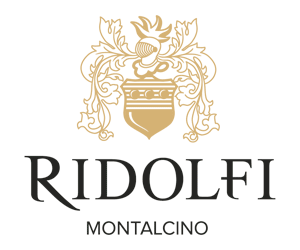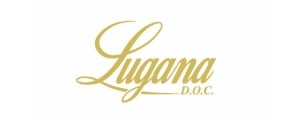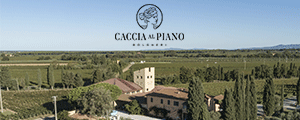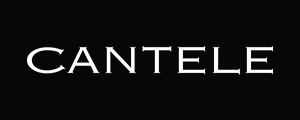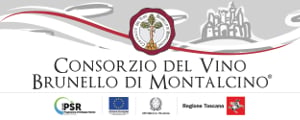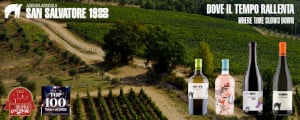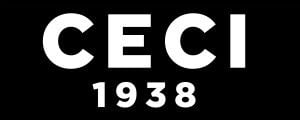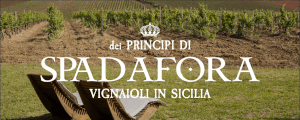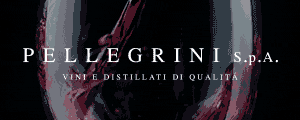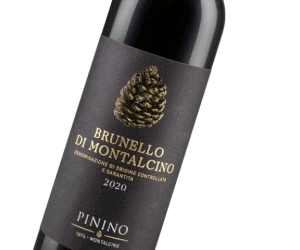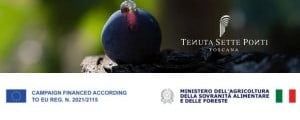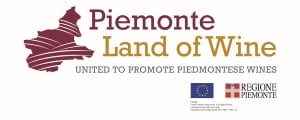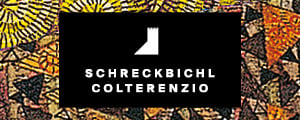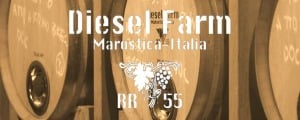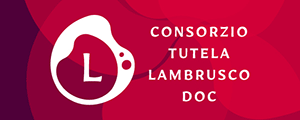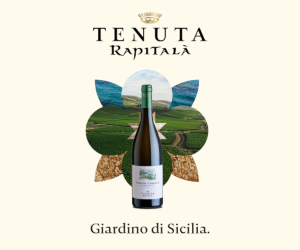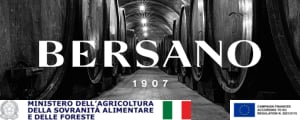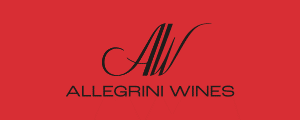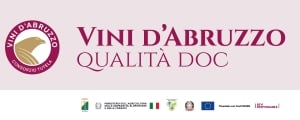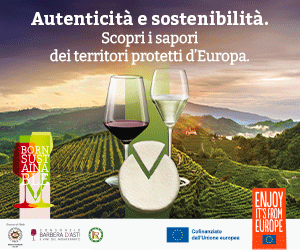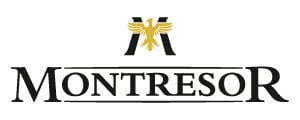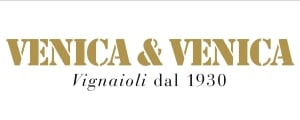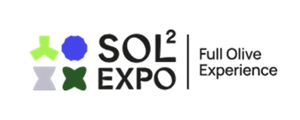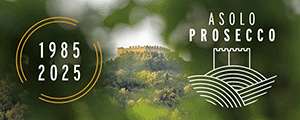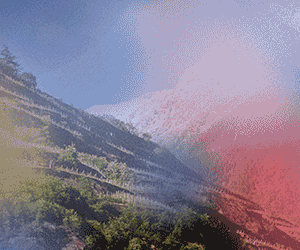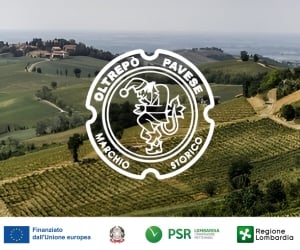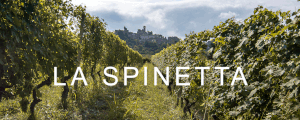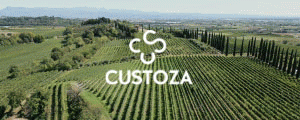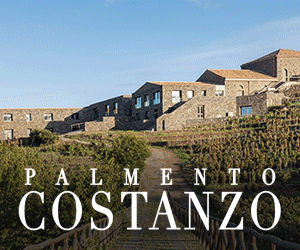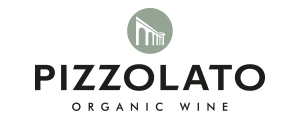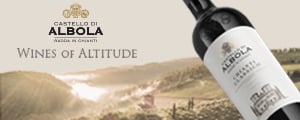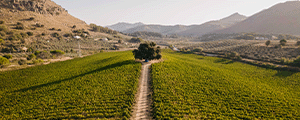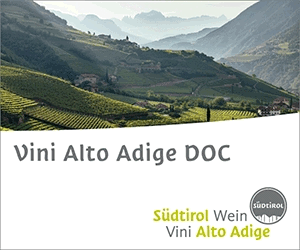Economic difficulties and health-conscious trends are slowing domestic consumption down, while duty chaos and international crises, among wars and not only, are slowing exports, summarizing the complexity of today’s wine market. A market under significant strain, especially for red wines, with Italian wineries still holding an entire harvest in stock, 43.6 million hectoliters as of June 30, 2025, according to the latest “Cantina Italia” data by Icqrf, while the 2025 harvest is approaching. In recent days, major industry organizations such as Federvini and Unione Italiana Vini (Uiv) have raised the alarm, more or less explicitly expressing the sector’s unease and calling for reflection on how to manage this phase, starting with yield reductions, and even considering potential vine removals. Meanwhile, Agriculture Minister Francesco Lollobrigida told WineNews that he is open to discuss emergence measures, but only when the crisis becomes evident, stating, among other things, that “Italian wine is coming off a record year for exports, and many sectors are worse off,” urging a closer verification of data.
But, meanwhile, regions and appellations are already taking action. Exactly in these hours, Piedmont, one of Italy’s major wine regions and among the first to raise the alarm, especially for certain denominations, saw Consorzio della Barbera d’Asti e Vini del Monferrato, headed by Vitaliano Maccario, send a circular to members for “stock monitoring for distillation” across several protected denominations, starting from the awareness that “exchanges have dropped in both volume and value, something that has only happened twice in recent decades: during the financial crisis of 2008 and the Covid emergence of 2020. As a result, stocks and quantity of “unsold” wine in cellars have increased”. At the same time, from the Marche, Istituto Marchigiano di Tutela Vini - Imt, headed by Michele Bernetti, unanimously decided in an assembly to extend the stock for Doc Verdicchio dei Castelli di Jesi until June 30, 2026, “to safeguard the market and the denomination,” submitting the request to the Marche Region. “Now more than ever, supply containment measures are strategic - said Imt president Michele Bernetti - in an already difficult global context, the threatened 30% tariffs from the Trump administration could cause significant damage not only in the Us market but also in continental one. Greater product availability could lead to falling quotations in Italy and Europe. That’s why the Imt proposal was unanimously approved by members, now we must consider the regime for new planting authorizations”. Going into more detail, for wine destined to become Verdicchio dei Castelli di Jesi DOC (with a maximum yield of 140,000 kilograms per hectare), storage will apply starting from 110,000 kilograms, with up to a blocking of 30,000 kilograms per hectare. The measure is valid until June, 30th of next year, unless extended or market conditions change, is linked to a harvest which is forecasted to be with medium-high volumes. The flexibility of the measure allows for coherent action in response to the global uncertainty affecting the wine sector. Stocked product can later be reclassified without restrictions. Last year, according to the Denomination Observatory - explains Imt - Castelli di Jesi was made protagonist of the overcoming of export share compared to sales in Italy, with an at export volume oriented quota of 51.2%. Of these, 76% went to European destinations, while the share of Asian markets, especially Japan, are now worth to 12% of expeditions surpassing the Americas (11.3%). In terms of value, the Uk, the Netherlands, the Usa, Germany, and Sweden are the main markets. Verdicchio dei Castelli di Jesi Doc includes, in addition to the standard denomination, other two types, i.e. Classico and Superiore. There are about 2,200 hectares with an average production just under 2 million kilograms of grapes, and the last two harvests around 1.5 million kilograms. About 13 million bottles are produced annually, with over 90% of certified wine being bottled.
A path, that undertaken by the Marche for Verdicchio dei Castelli di Jesi, which was already followed by Italy’s largest white wine denomination, that of Pinot Grigio delle Venezie with 27,000 hectares of vineyards and 230 million bottles annually. The consortium led by Luca Rigotti deliberated, in the last days, a reduction in maximum grape yield per hectare from 180,000 to 170,000 kilograms, and confirmed administrative stock measures, already adopted in last years to manage supply and stabilize the market: for 2025/2026 campaign, free product can reach 150,000 kilograms of grapes per hectare, with up to 20,000 kilograms per hectare allocated to stock.
But, also in Tuscany, among others, discussions have also begun about distillation, and not only (as we explained here) after a motion which was recently submitted to the Tuscan Regional Council by members of the Fratelli d’Italia Council Group, calling for a confrontation with industry organizations to assess the need for urgent measures such as green harvesting, support distillation, and even “voluntary” vine removal of less suitable vineyards (with a meeting with Regional Agriculture Councillor Stefania Saccardi, who gathered input from the regional supply chain, to be discussed at a future national roundtable). According to data by Avito, the association of Tuscan wine consortia (which, in these days, saw Andrea Rossi succeed Francesco Mazzei as president, ed) which tell, as in the first semester 2025, Tuscany released 948,583 hectoliters of wine (-2% compared to the first half in 2024).
Meanwhile, Chianti Docg, the region’s largest red wine PDO (3,600 hectares and 75 million bottles sold annually, ed), has reappointed Giovanni Busi as head of the consortium and established a 20% yield cut for 2025, and asked Tuscany Region to freeze the annual 1% increase in vineyard planting authorizations (equal to 600 hectares per year) for the next five years.
These are pieces of an increasingly complex puzzle that of the Italian wine sector today, to which, with any probability, others will be added by many territories, more or less blazoned, of all over Italy. Because, if on the one hand, it would be wrong to scream “catastrophe,” there is no doubt that the sector, both in Italy, as well as in France, and in other major producing countries, is facing a crisis that is both cyclical and structural, and perhaps one of the most complex in its recent history.
Copyright © 2000/2025
Contatti: info@winenews.it
Seguici anche su Twitter: @WineNewsIt
Seguici anche su Facebook: @winenewsit
Questo articolo è tratto dall'archivio di WineNews - Tutti i diritti riservati - Copyright © 2000/2025

